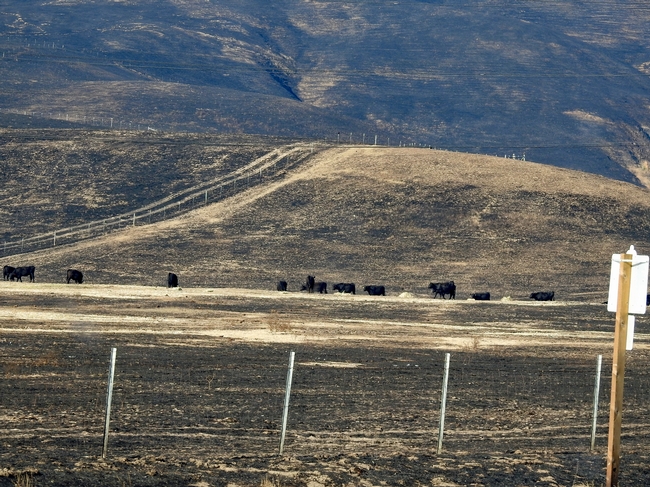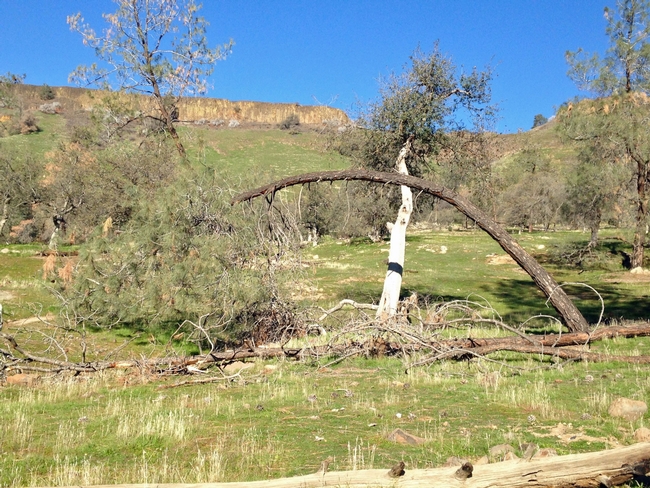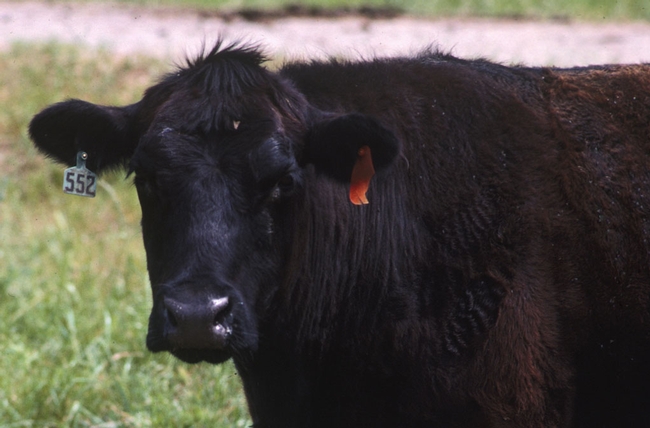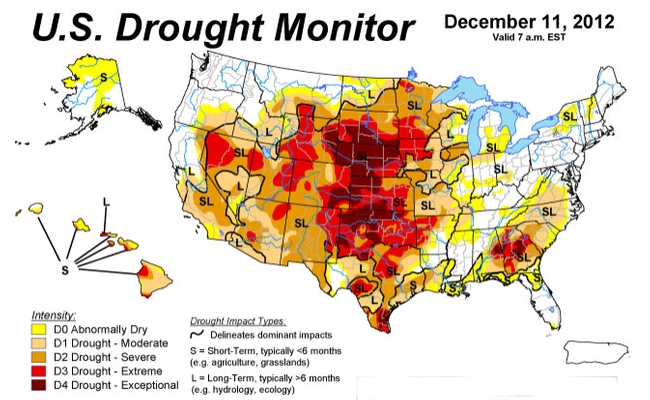Posts Tagged: rangeland
Ventura ranchers thank UC Cooperative Extension
The Ventura County Cattlemen's Association publicly thanked UC Cooperative Extension and other organizations for their support during the devastating wildfires of late 2017.
In the space of 12 hours, the Thomas Fire ripped through vital grazing land that cattle rely on for their daily feed. Some animals were also killed in the fire. In a letter to the Ventura County Star, Beverly Bigger, president of the Ventura County Cattlemen's Association, said UCCE livestock and range advisor Matthew Shapero, the Ventura County agricultural commissioner and representatives of Ventura County animal services established an emergency program to supply five days of hay until ranchers could get on their feet.
UC Cooperative Extension also served as a one-stop location where ranchers could meet with representatives from multiple agencies to apply for assistance programs.
"We want to thank and recognize them for helping us in our time of need. We look forward to returning to our passion: managing and improving the land and continuing Ventura County's ranching heritage," Bigger wrote.
Rain helps rangeland trees and grasses begin recovery
“Water stress renders oak trees more likely to express early leaf browning and to be more susceptible to damage from native and introduced tree pests and diseases,” said Bill Tietje, UC Cooperative Extension natural resources specialist. “One or more of these (drought years) could be the last straw for an already stressed tree.”
Recent rain has helped, but trees on shallow soil or on warm, south-facing hillsides are especially vulnerable.
“We are getting many reports of trees that are on the way out or are dead,” Tietje said. “The drought is certainly weakening many trees, and those that are old or have oak worm are dying.”
The Tribune reported that stressed valley oaks have a tendency to drop limbs or for the whole tree to drop, according to a report by Mary Bianchi, UCCE advisor and director in San Luis Obispo County. This happens because the tree closes its pores to conserve water while its roots continue to soak up what water they can.
“This causes water to build up in the trunk and limbs,” Bianchi wrote. “Apparently, the extra weight can cause limbs and maybe the whole tree to break, by some reports as though the tree exploded.”
Rangeland grasses are greening the foothills
The grassy surface of rangeland is faring better, reported the Modesto Bee. Abundant rain in December brought new growth to rangeland that has suffered badly in three years of drought.
“This December has been great for growing grass, lots of moisture and warm temperatures,” said an email from Theresa Becchetti, a UCCE livestock and natural resources advisor in Stanislaus County. “I'm not counting any chickens before they hatch, though.”
The hills are green, but the grass is going to seed
Ranchers rely on unirrigated rangeland to feed cattle through the winter. This year, a lack of rain required ranchers to bring in supplemental feed and cull their herds early.
Theresa Becchetti, UC Cooperative Extension advisor in Stanislaus County, said much of the grass growth on rangeland has slowed and is going to seed, though there are some grass species still growing that “can take advantage of the rain we have had," Holland reported.
Becchetti and other experts are collecting vegetation samples in the region, which could be used in requests for federal disaster aid.
A UC research station in Yuba County offers a glimpse of what could be found around much of the state, the story said. As of March 1, dry matter in grasses averaged 400 pounds per acre, compared with a historical average of 685 pounds and a high of 1,590 in rainy 1997.
Ranchers view UCCE test plots during spring range tour
UC Cooperative Extension range research was featured at a field day Saturday in Tehama County, reported Julie Johnson in the Corning Observer.
Josh Davy, UCCE advisor in Tehama County, reviewed test plots were 60 varieties of annual and perennial range grasses were growing. Ken Tate, UCCE specialist, and Leslie Roche, postdoctoral researcher, both in the Department of Plant Sciences at UC Davis, gave an update on their long-term grazing research projects evaluating the effects of multiple grazing treatments. Guy Kyser, UCCE specialist in the Department of Plant Sciences at UC Davis, talked about weeds.
Tony Turri, owner of the ranch that hosted the field day, said he has worked extensively with the UC Cooperative Extension.
"There are a lot of factors and organizations that are trying to harm the cattle industry," he said. "Events such as this are important in our ability to stay in cooperation with each other and provided education and information to keep us in business."
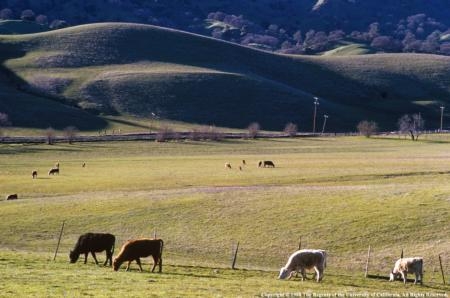
Medusahead, barb goatgrass and yellow starthistle were some of the weeds researchers discussed at the field day.
Rain has painted California rangeland green
Steady rain so far this fall has produced a verdant emerald green panorama on California rangeland, reported Capital Press this week.
Livestock producers are elated, said Josh Davy, a UC Cooperative Extension advisor in Tehama County.
"It's been nice to start the year with some big rains because it fills up the reservoirs, puts some drinking water out there and it helps build deeper soil moisture in case it doesn't rain later," Davy said. "We hope it keeps going until March."
The 2012 rainy autumn has helped much of Northern California emerge from drought conditions, according to the U.S. Drought Monitor. Parts of the southern San Joaquin Valley are still in severe drought, but conditions have shown some improvement.
UC Davis olive center to look at ways to reduce wastewater
Melanie Turner, Sacramento Business Journal
The UC Davis Olive Center and USDA-Agricultural Research Service have been awarded a grant to develop innovative ways to reduce the amount of wastewater produced by the olive oil industry. Among the technologies to be evaluated is a “vibrating membrane system” patented by New Logic Research of Emeryville. The company will be providing the system for testing at no cost.

